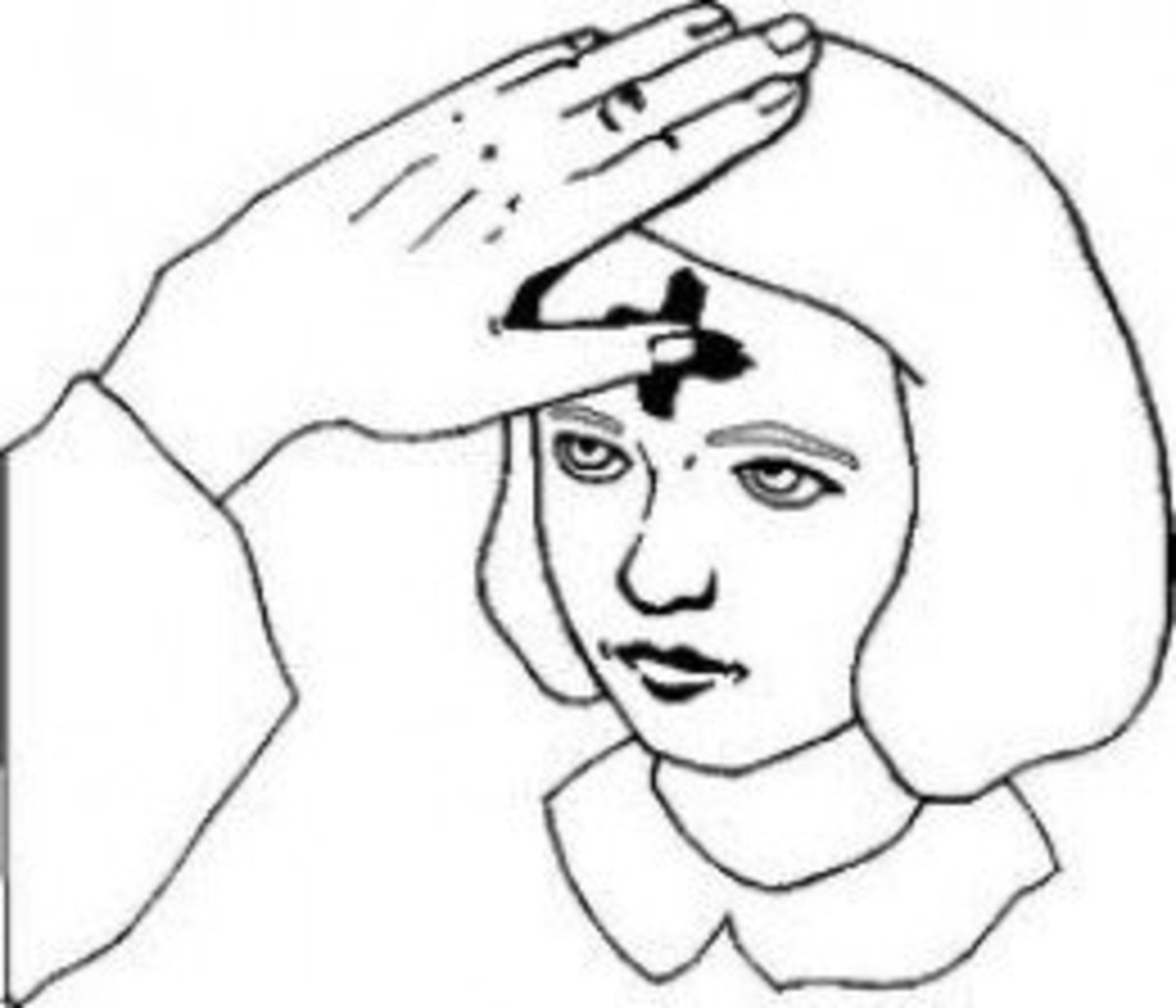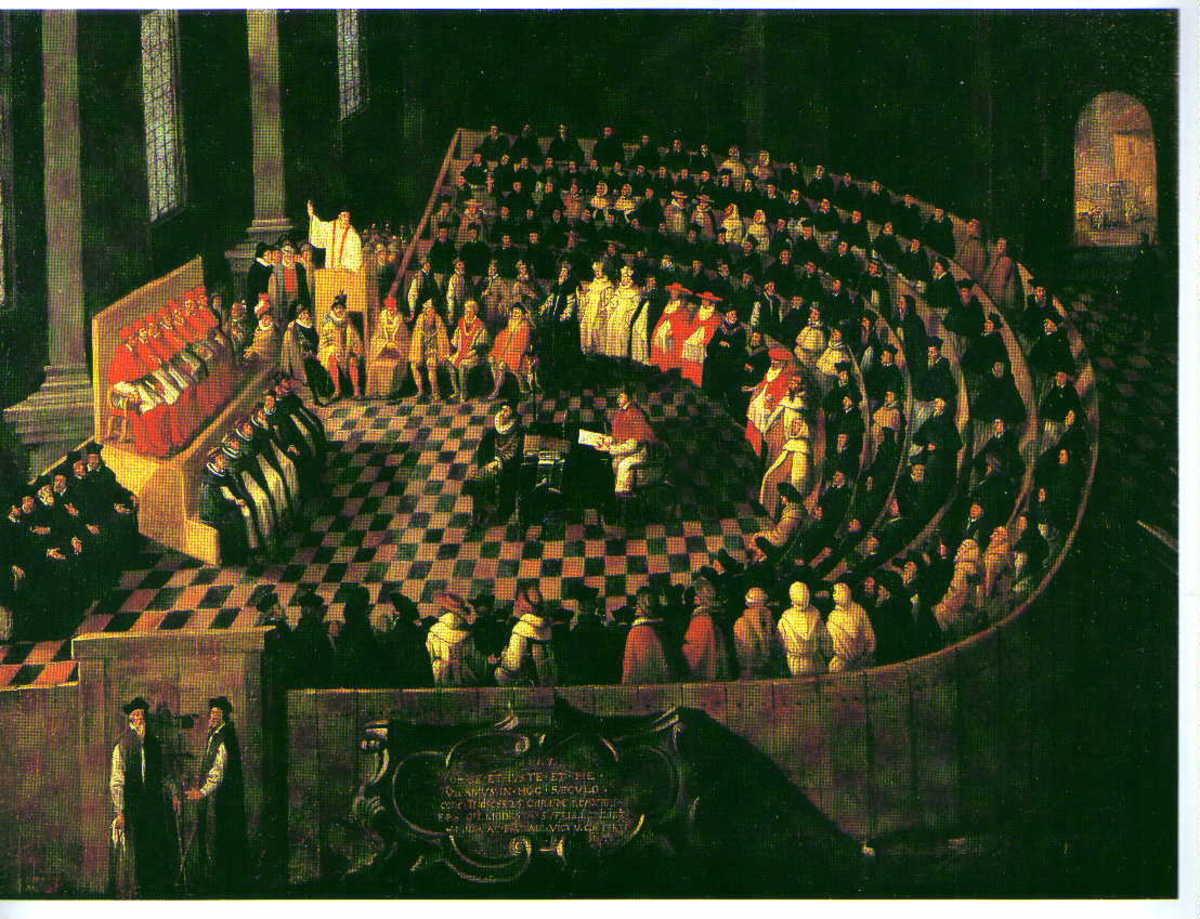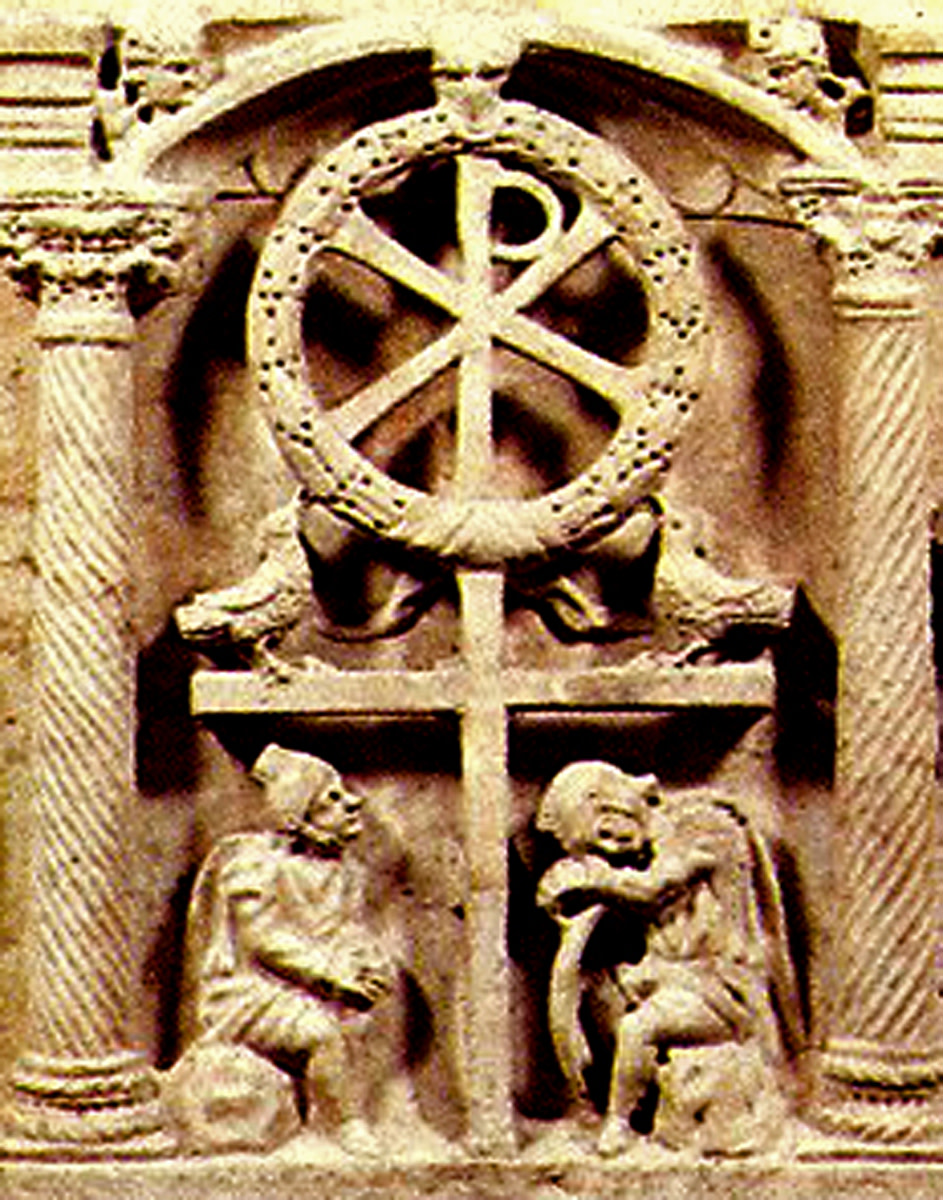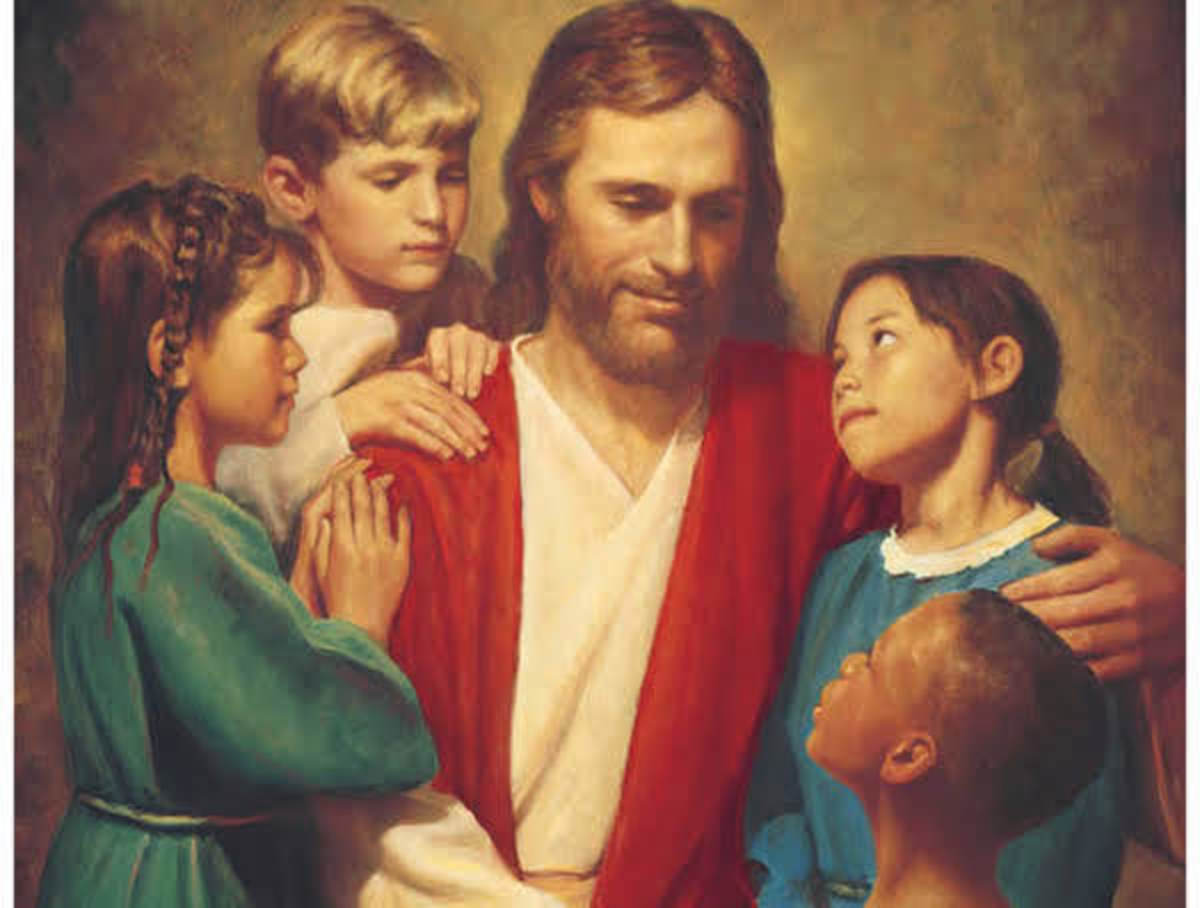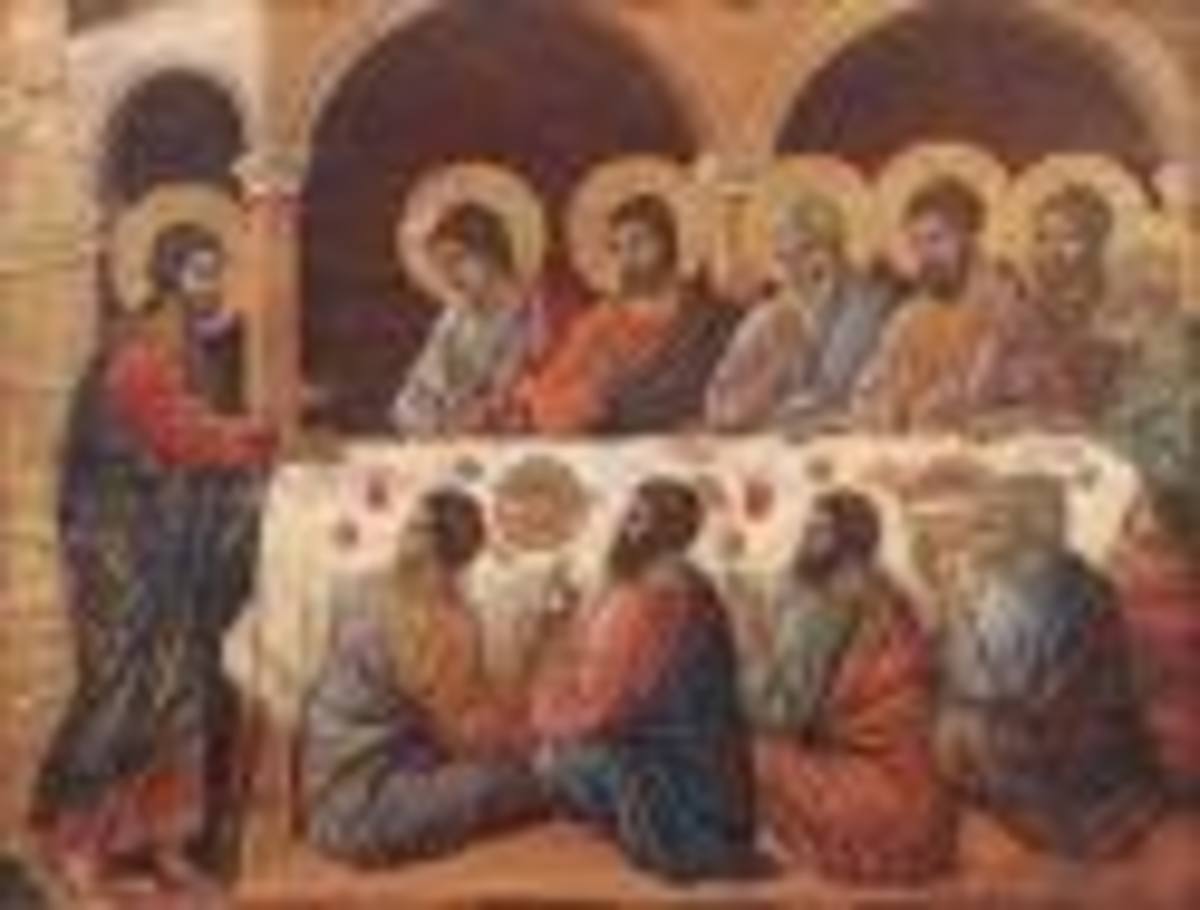10 Reasons The Church Cannot Be Transformed

What is transformation?
Transformation is not change. It's a paradigm shift. Transformation as a paradigm shift is like the difference between Noah's ark and the Apollo 11 spacecraft, or the difference between a production line and an ant colony.
Transformation is not change. It's a metamorphosis. Transformation as a metamorphosis is like a tadpole becoming a frog or a caterpillar becoming a butterfly.
Therefore, anything that undergoes transformation ceases to exist.
If the church were transformed it would cease to exist.
The system the church is built on will not allow that to happen.
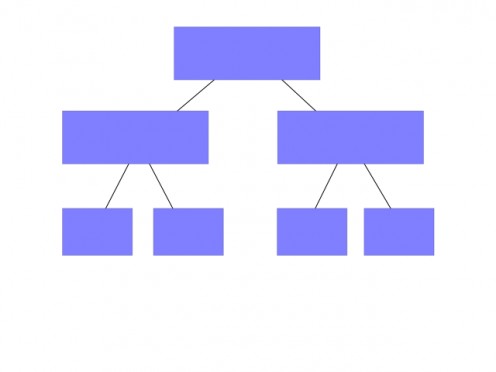
What is the church is built on?
The church is built on the same system as any other organisation. The church is built using human ways and human thinking:
- Hierarchy.
- Formal use of power and authority.
- Routine and mechanistic ways of getting things done.
- Predominance of one-way communication.
This system of organising people and their activities has been around for thousands of years. We can see it at work in all ancient civilisations.
In the past, the system was seen as something oppressive and unfair. It kept people at the top rich and powerful, while people at the bottom were often in some form of slavery.
In 1911 however, the system had a makeover. F.W. Taylor published his work, "Principles of Scientific Management". The system was now formalised into an acceptable and fully justifiable way of finding the one best way to complete a task or solve a problem.
Together with the concept of meritocracy, the idea that we achieve our position in life based on our ability and effort, the system has today become our paradigm. It is everywhere.
The system is our accepted and normal way of life. Just like "The Matrix" we are born into it, we serve it, yet we don't even know it exists.
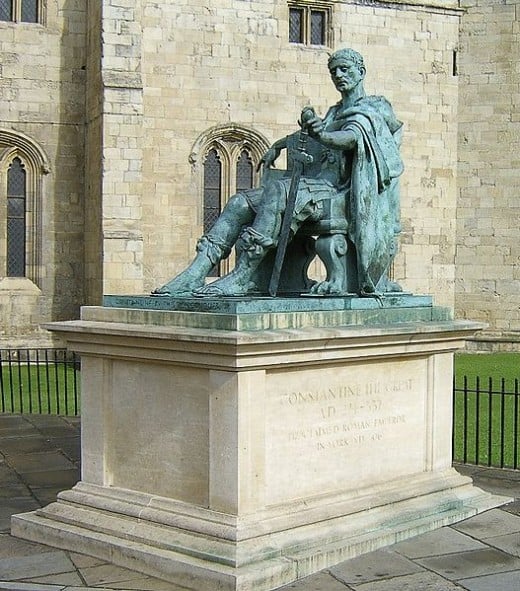
Founding fathers.
F. W. Taylor is often credited as being the "Founding Father" of Scientific Management. As such he can be credited with shaping the system our contemporary churches are built on.
However, the man we can credit with being the "Founding Father" of the church system in its entirety is Constantine.
The Lord Jesus Christ did not found a church, he laid the foundations for His ekklesia.
Constantine, on the other hand, swept aside any ideas of the Lord's ekklesia by creating what has today become the Roman Catholic Church; a man-made, demon inspired religious system that uses the Name of the Lord Jesus Christ and the Holy Spirit inspired scriptures to gain and maintain control over the souls of men.
When Constantine established the church system, it was the same kind of rebellion as Jeroboam establishing the northern kingdom of Israel; a false Christ with a false priesthood offering false sacrifices on false altars and preaching a false gospel (which will soon be confirmed with false signs an wonders).
Although the reformation attempted to correct much of the false teaching of the Roman Catholic Church, it did not touch the system. In many respects, perhaps the reformation strengthened the church system because "the laity" were taught to be dependant on "the clergy" to keep them from false teaching.
The Roman Catholic Church and her daughters.
When we look at the structure of the Roman Catholic church, it's hierarchy, formal use of power and authority and so on, we see this same this very same structure in all churches. It still exists with the house, simple and "organic" churches.
In its simplest form, the system in the church is seen in the clergy/laity divide.
We might say that although people come out of the system, the system remains in them. This is because the system is our paradigm. The system's structure and ways are part of our belief system. The system itself is an idol.
So wherever we see a clergy/laity divide, with formal positions and titles, we see the influence of the Roman Catholic Church.
When Jehoshaphat aligned himself with Ahab that was the beginning of the end for the southern kingdom of Judah.
Today, we see churches aligning themselves with the Roman Catholic Church. It's the beginning of the end.
I have no doubt the Lord is allowing this to happen to show us our true spiritual condition.
A short video exploring the differences between the church and the ekklesia.
The church and the ekklesia compared.
The church is built on a system that has been designed to run like a machine. A perfect picture of the system at work is the production line.
On the other hand, the Lord's ekklesia functions more like an ant colony.
The difference between the two represents a paradigm shift. For this to occur, a transformation is required.
To expound on my thinking, I made a short video.
The church cannot allow transformation.
For the church to become the Lord's ekklesia would require a paradigm shift in the thinking of each and every person within it. Each member of the church would need to undertake a journey of personal transformation.
Transformation is a process of metamorphosis that requires that we die to self and live for Christ.
Anything that undergoes metamorphosis ceases to exist. But the system always acts to protect itself. It does not want to die.
Therefore, the church resists all the Lord's attempts to transform it.
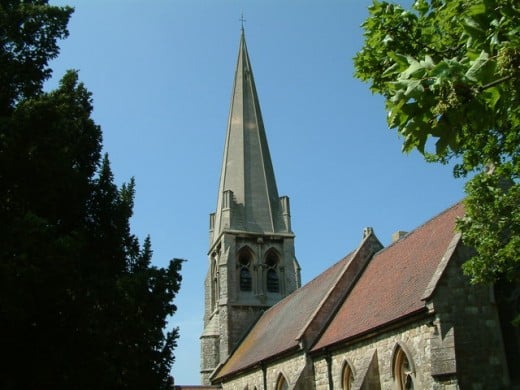
10 reasons church transformation is not possible.
The resistance of the church to be transformed into the Lord's ekklesia expresses itself in the following ways:
- Cynical unbelief that the future can be radically different from the past (the unbelieving soldier in 2 Kings 7).
- Inaccurate perceptions of the status quo (the two baskets of figs in Jeremiah 24 and the destruction of Jerusalem by Babylon).
- Lack of motivation for the long haul (Deuteronomy 28:15-68).
- Reliance on human ways and human thinking (Book of Hosea).
- Inability to learn from the Lord (2 Chronicles 7:13-14).
- Giving in to old habits (the Israelites who perished in the wilderness).
- Self-serving attitude (Isaiah 58:1-6).
- Loss of integrity resulting in spiritual powerlessness (Joshua 7).
- Jealousy and selfish ambition resulting in chaos, confusion and sometimes spiritual murder (King Saul, King Ahab and Queen Jezebel).
- Failure to build according to the Lord's design (Ezekiel 13:1-16).

The ultimate purpose of the church system.
I have no doubt in my mind that Constantine founded the church system as a means to gain and maintain control over whole populations. He had the idea from a vision of a burning cross and a voice from heaven. Constantine's idea of starting the church was demonically inspired.
Constantine founded an organisation based on setting aside the righteousness of God. Constantine built an organisation where men can establish their own righteousness. This was the desire of men when building the tower of Babel.
Down through the centuries, despite reformation, revivals and repeated attempts by the Lord to correct, change and transform the church system it remains intact. The church is a spiritual entity separate from the Lord and His body.
I have no doubt the Lord has used the church system to keep His people. The Israelites were kept in Babylon until the right time to be released. After the return of the captives to Jerusalem, Babylon was destroyed.
After the Lord's people have come out of the church system it will be destroyed.
The ultimate purpose of the church is to gather dead branches, ready for them to be burned.

